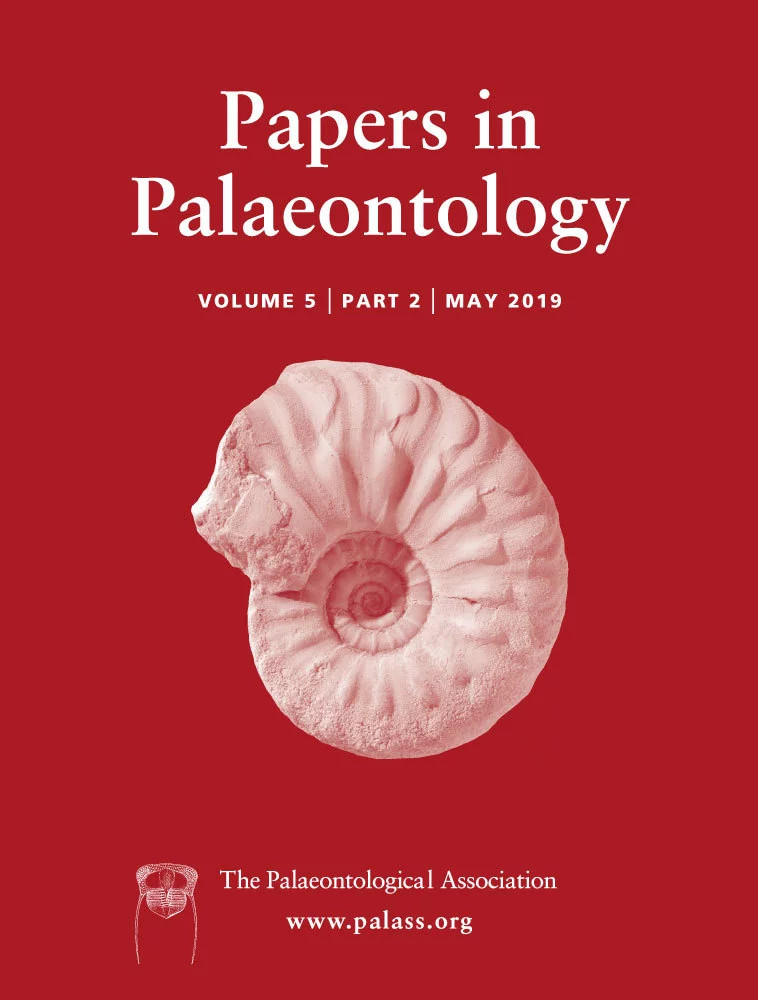Reg. Charity No. 1168330

Monodontids are among the most enigmatic cetaceans due to their scarcity in the fossil record. Previously, except for fragmentary materials, only three skulls were known from the pre‐Pleistocene; these came from the east coast of the Pacific and both east and west coasts of the Atlantic. Haborodelphis japonicus, a new early Pliocene monodontid cetacean from the north‐west Pacific, significantly expands the palaeobiogeographical extent of the ancestral monodontids. The new taxon differs from all other monodontids in the following character states: the robust postorbital process for the skull size; the short rostrum relative to the whole skull length; the anterior dorsal infraorbital foramina posterior to the level of the antorbital notch; the premaxillary foramen on the level of the antorbital notch; the dorsally gently convex premaxillary sac fossa; the palatines wedged into the maxillae anteriorly on the midline; and the presence of the clearly excavated posteromedial sulcus. Monodontids were almost certainly adapted to warmer waters than their living counterparts Delphinapterus leucas and Monodon monoceros, both of which are confined to the high latitudes of the northern hemisphere. However, closer inspection (based mainly on fossil invertebrates) of the palaeoenvironments from which the monodontid fossils were produced, reveals that they may have preferred cooler conditions than previously thought. Due to the short climatic fluctuation cycles during the Pliocene in the northern hemisphere, and the increase of heterogeneity and regionality of the coastal environments, the dating of layers within a formation is critical for understanding palaeoenvironment in terms of the sea surface temperatures.